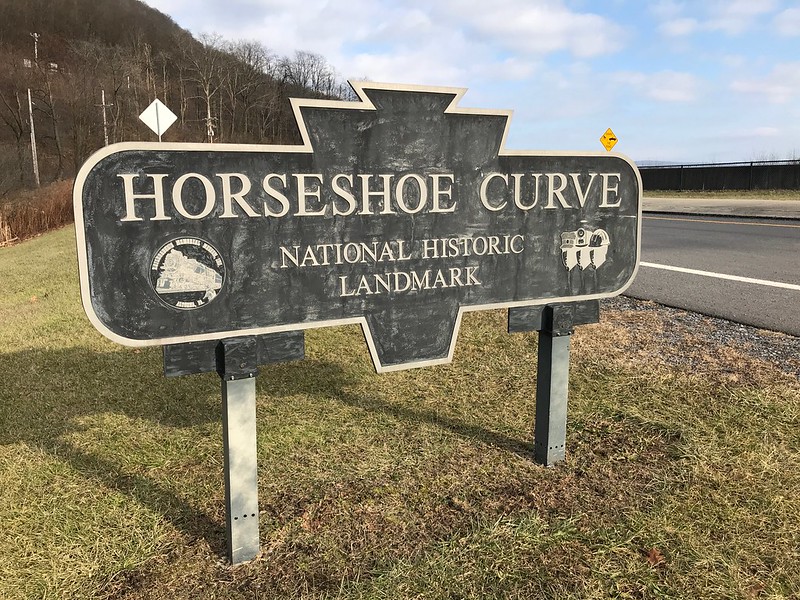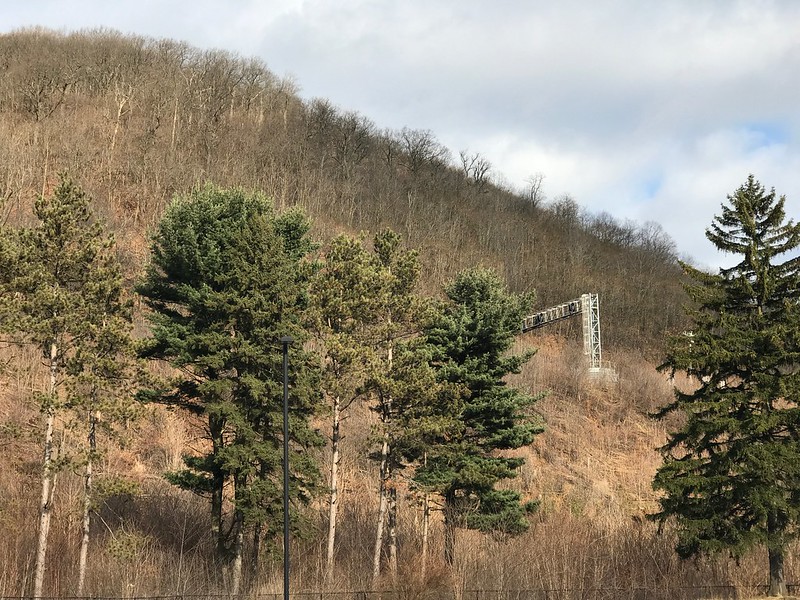Category Archives: Video
Norfolk Southern freights passing Indian Ridge Marsh
March 31, 2019
Indian Ridge Marsh is a recent (2017) addition to the Chicago Park District, located a little southeast of Big Marsh Park near Lake Calumet. Norfolk Southern lines run down the ridge. While I was visiting, NB and SB freights met and passed each other.
Amtrak in Indiana? Chicago? via Lightt, part 3
Amtrak in Indiana via Lightt, part 2
Motion parallax is obvious here once you get past the trees and keep your eye on the power towers, which hardly seem to move, yet disappear.
Amtrak in Indiana via Lightt, part 1
Lightt was a short-lived video app I still miss. I didn’t have time to master it but I liked some of its effects. This video and a few others demonstrate motion parallax, which I had to look up after I noticed it.
Elk, or wapiti, at the Benezette, Pennsylvania, campground
December 27, 2017: After seeking elk in the outlying areas of Benezette, we found a little herd at the campgrounds in town, which they favor. I handed my phone off to my cousin, who was in a better position to capture them. Benezette is part of the area that’s been rebranded “Pennsylvania Wilds” to attract adventurous tourists of the have kayak, will travel variety.
Sea smoke on Lake Michigan at -21ºF
It got colder this morning before it got warmer. The sea smoke was curling and eddying in interesting ways.
World Famous Horseshoe Curve
Horseshoe Curve, 10 minutes outside Altoona, Pennsylvania, is a world-famous National Historic Landmark — so the signs say. It’s not on the beaten track.


When my family used to visit their families in the Altoona/Bellwood area, sometimes we’d make a side trip to Horseshoe Curve. I still have a souvenir calendar from way back when. Note that it was not “World Famous Horseshoe Curve,” but plain old Horseshoe Curve.

I don’t think we paid admission. My dad wouldn’t have paid, or would have paid only a nominal fee, for something as nonessential as a trip to Horseshoe Curve. I remember only that at some point, I’m not sure when, he commented how “overgrown” it’d become, which made it hard to see much.
In September 1988, after I’d been absent for awhile from Pennsylvania, my aunt took me to see it again. The only way to get up then was steps, difficult for her because she’d lost a kneecap to a car accident. You can see why my dad said you couldn’t see much for the trees and brush.

Sliver of Altoona Reservoir in background
In the early 1990s, a visitor center/museum was built, along with a funicular to get up to the top for those who don’t want to or can’t handle the steps. Now there’s an admission charge to see the Curve, which you can go up to only during the posted season and hours. It’s pricey for a family, and there’s no break for Blair County residents.
I’ve seen Horseshoe Curve as a passenger on Amtrak 42 (eastbound) and 43 (westbound), the Pennsylvanian. On this visit I didn’t, however. A freight train accident with a vehicle ahead of the Capitol Limited had made me miss the connection with the eastbound Pennsylvanian, so I’d had to take Greyhound from Pittsburgh to Altoona. On the way back, the Curve is dark when the Pennsylvanian passes at around 5:30 p.m.
The public can’t access Horseshoe Curve during the colder months. When we made a quick stop the day after Christmas, we just looked up. I’ll have to make a trip sometime in late spring, summer, or early fall for a real visit.
Countless trains have passed downhill toward Altoona and points east since Horseshoe Curve was finished in 1854, engineered by J. Edgar Thompson.

Kittanning Run passes under Horseshoe Curve from the north. It’s too bad there’s not a more bucolic fence to protect the public from falling in.

Of course you want to hear that water flowing. The odd thing is . . . I don’t recall anything but the reservoir. You’d think I’d remember hearing or seeing rushing water, but I don’t.
Pushmi-pullyu pairs of black-and-white Norfolk Southern helper engines go back and forth on Horseshoe Curve all day. They’re needed going uphill to pull/push and going downhill to help control speed/brake. You don’t want a long, heavy, fully loaded train speeding downhill around a curve. These two are headed back up the mountain.
It’s Pennsylvania, so you will see coal trains. You can imagine how much they weigh. This one is going downhill east toward Altoona in Logan Valley.
Horseshoe Curve specs
- Curve length: 2,375 feet
- Degree of curvature: 9 degrees; 25 minutes
- Central angle: 220 degrees
- Elevation of lower (east) end: 1,594 feet
- Elevation of upper (west) end: 1,716 feet
- Total elevation climb: 122 feet
- Grade: 1.8 percent (1.8 foot rise per 100 feet)
Illumination at Morton Arboretum
Psychedelic conifers that breathe and sigh — my favorite part of “Illumination” at Morton Arboretum. No sound because this is from a burst of photos — video was too dark.
Illinois & Michigan Canal (two-minute video)
Sunset on the Illinois & Michigan Canal as seen from the Texas deck of the canal boat The Volunteer in LaSalle, Illinois. Sorry for the zooms. I have to remember not to do that.





 dreamer
dreamer  thinker
thinker 






